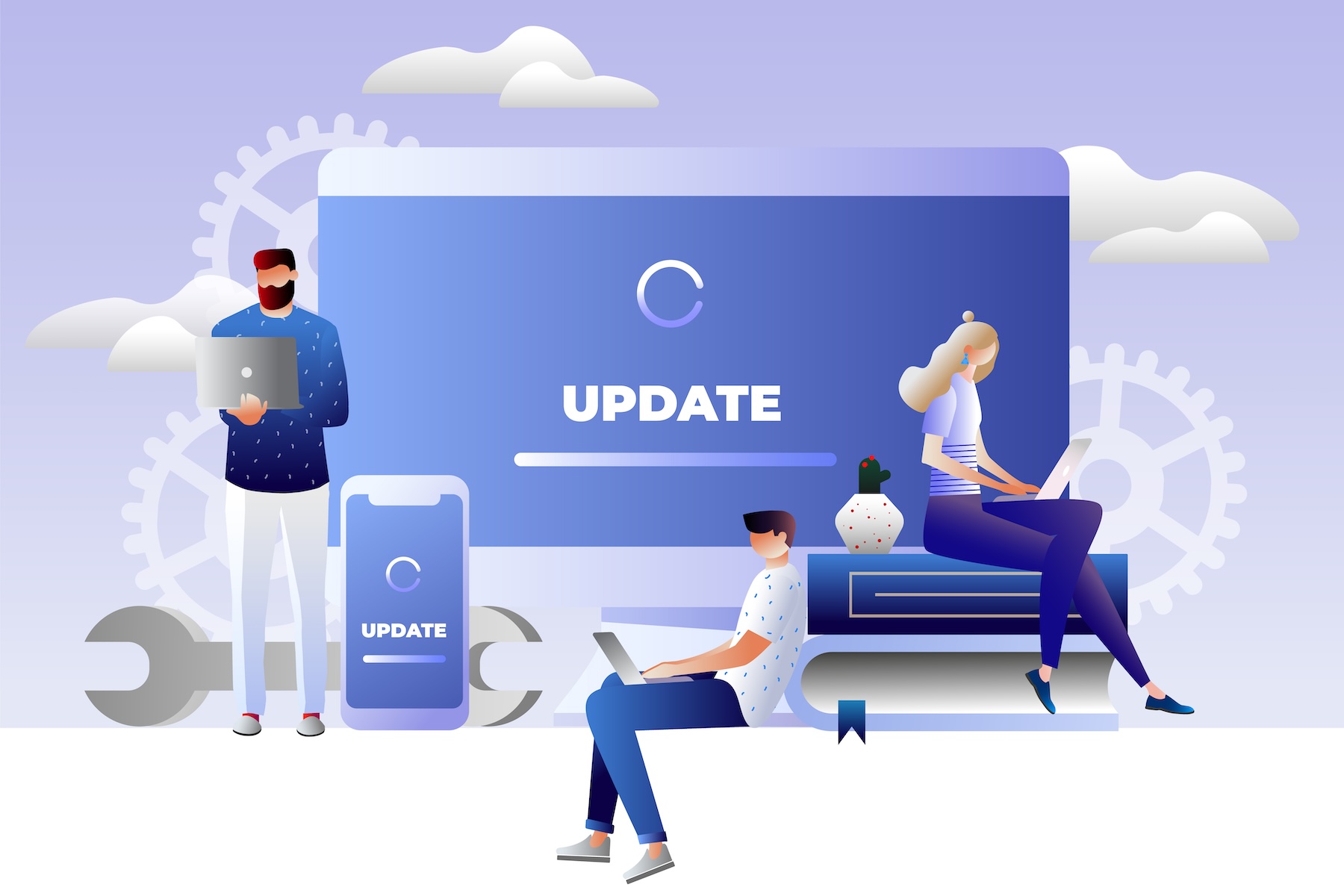Your website plays a pivotal role in driving traffic, generating leads, and converting visitors into customers. However, even well-designed websites can underperform due to small, often overlooked issues. The good news is that you don’t always need to invest in a complete redesign to see a significant improvement. Sometimes, a few strategic tweaks are all it takes to transform your site’s performance.
Here’s how a few simple changes can boost your website’s speed, user experience, and SEO—without a full overhaul.
1. Optimize Your Website for Faster Load Times
Did you know that 40% of users abandon a website if it takes more than 3 seconds to load? A slow-loading website not only frustrates visitors but also negatively impacts your search engine rankings, as Google prioritizes faster sites.
To improve your site’s loading speed, consider the following:
- Compress Images: Large, uncompressed images are one of the top culprits for slow load times. Using tools to compress images without compromising quality can significantly reduce page size and improve speed.
- Minify CSS, JavaScript, and HTML: Remove unnecessary characters, spaces, and comments from your website’s code to help browsers load your site faster.
- Leverage Browser Caching: Enable caching so that certain elements of your website are stored locally in the user’s browser, reducing the time it takes for returning visitors to load the site.
These changes may seem minor, but together they can have a significant impact on your website’s speed and user satisfaction.
2. Make Sure Your Site Is Mobile-Responsive
With over 50% of global web traffic coming from mobile devices, it’s crucial to ensure that your website is fully optimized for mobile users. A site that looks great on a desktop but struggles on smartphones will lose visitors quickly, leading to higher bounce rates and lost sales.
A mobile-responsive site:
- Automatically Adapts to Screen Sizes: No matter what device your users are on, your site should adjust seamlessly to fit the screen.
- Uses Touch-Friendly Elements: Buttons should be easy to tap, and content should be easy to scroll through without pinching or zooming.
- Minimizes Mobile Pop-Ups: Pop-ups can disrupt the user experience on mobile devices. Ensure that any pop-ups are easy to close and don’t block the main content.
By optimizing your website for mobile, you’ll create a smoother, more enjoyable experience for users and improve your chances of ranking higher in mobile search results.
3. Enhance Your Navigation for Better User Experience
Your website’s layout and navigation play a key role in keeping visitors engaged. A cluttered, confusing design will cause users to leave your site, while a clean and intuitive interface can improve visitor retention and boost conversions.
Consider the following to streamline your site’s navigation:
- Simplify Your Menu: Keep your navigation bar simple with only the most important pages listed. Too many options can overwhelm users.
- Add Clear Calls-to-Action (CTAs): Every page should have a clear purpose and a prominent call-to-action that guides visitors toward the next step, whether it’s making a purchase, signing up for a newsletter, or contacting you.
- Improve Search Functionality: If you have a lot of content or products, make sure your search function is easy to use and delivers accurate results.
These small adjustments can make your site easier to navigate, keeping users on the page longer and increasing the chances of converting them into customers.
4. Implement Strong SEO Practices
Search engine optimization (SEO) is one of the most important factors for driving organic traffic to your website. Even a beautifully designed site won’t succeed if potential customers can’t find it. Fortunately, there are simple SEO improvements that can make a big difference.
Some key areas to focus on include:
- Optimize Your Content with Keywords: Make sure your website content includes relevant keywords that your target audience is searching for. However, avoid keyword stuffing, as this can result in penalties from search engines.
- Write Effective Meta Descriptions: A well-crafted meta description is your chance to convince users to click through to your site from search results. Make sure each page has a unique, compelling meta description that summarizes the page’s content.
- Build Internal Links: Encourage visitors to explore more of your site by linking to related content or products on other pages. Internal linking also helps search engines crawl and index your site more effectively.
By implementing these SEO strategies, you’ll improve your site’s visibility in search results, driving more traffic and generating more leads.
5. Improve Website Security
In addition to performance and SEO, security is a critical component of website success. A secure website not only protects your business and customer data but also builds trust with visitors. Many consumers will abandon a site if they feel it isn’t secure.
Some essential security measures include:
- Use HTTPS: Ensuring your site uses HTTPS instead of HTTP is vital. It provides encryption for data transferred between your site and users, safeguarding sensitive information.
- Update Software and Plugins Regularly: Keeping your content management system (CMS), themes, and plugins updated can help prevent vulnerabilities that hackers often exploit.
- Use Strong Passwords: Enforce strong password policies for your team and users to reduce the risk of unauthorized access.
By prioritizing website security, you not only protect your business but also build credibility and trust with your audience.
Conclusion
Even if your website isn’t underperforming drastically, these quick fixes can make a big difference in how it functions, ranks, and serves your audience. Improving speed, optimizing for mobile, enhancing navigation, implementing better SEO, and securing your site are all straightforward yet highly impactful changes.
If you’re looking for expert assistance in making these improvements, the team at Ask the Egghead can help. From speed optimization to security, we can ensure that your website performs at its best, providing an exceptional experience for your users and driving real business results.

